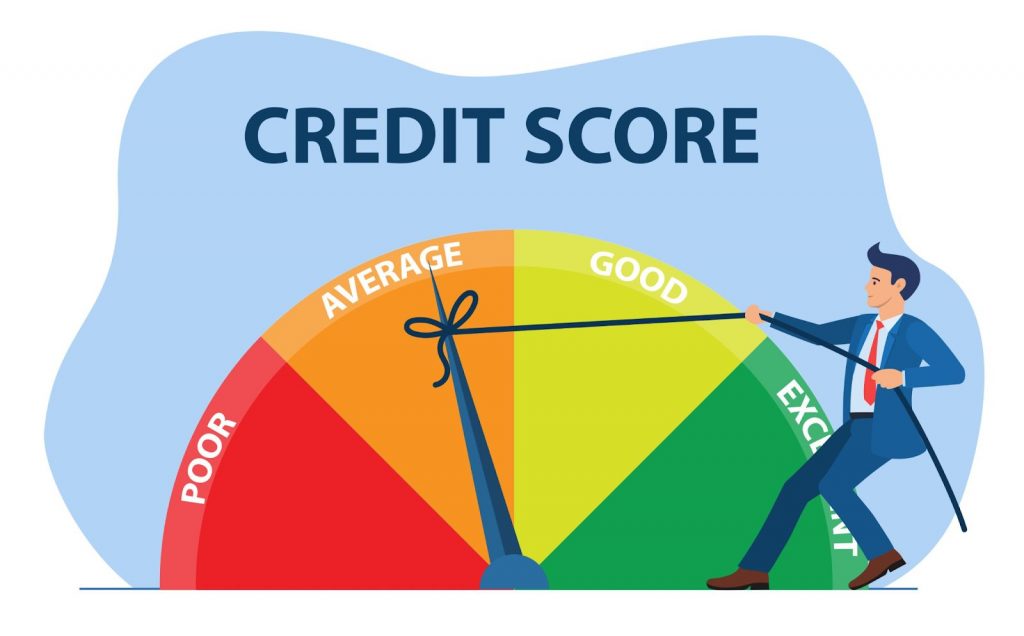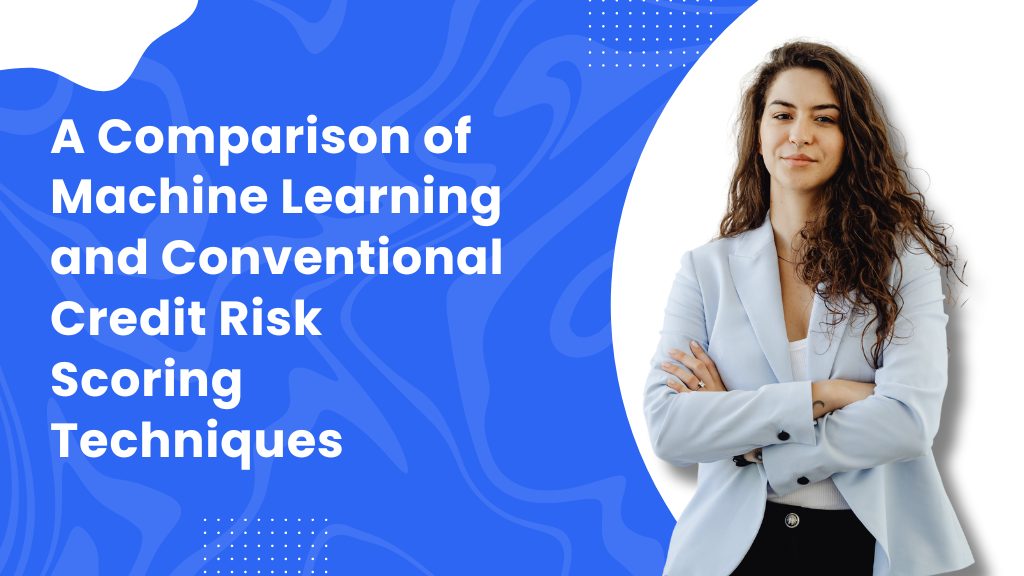When making financial decisions, credit risk assessment is crucial in identifying whether individuals or companies qualify for loans and other financial services. Historically, well-known scoring techniques like FICO and VantageScore models have been used for this. But as machine learning becomes more popular, these conventional methods are starting to make way for more sophisticated models that make use of huge data and complex algorithms. This article compares machine learning-based models with conventional approaches to look at how technology is affecting credit risk rating.
For those interested in diving deeper into this topic, Svitla offers an insightful guide titled “Machine Learning for Credit Scoring: Benefits, Models, and Implementation Challenges”. This guide is particularly useful for understanding the role of machine learning in credit card industry, providing a comprehensive overview of how these advanced technologies are transforming credit risk assessment and what challenges companies may face during implementation.

Conventional Methods of Scoring
Principal Elements of Conventional Scoring Systems
Conventional credit scoring models, including VantageScore and FICO, have been essential to the process for many years. Based on variables including payment history, credit usage, length of credit history, kinds of credit utilized, and current credit queries, these models assess a person’s creditworthiness. Lenders are given important information for decision-making based on the final ratings.
Benefits of Conventional Approaches
Traditional approaches have mostly simple and transparent benefits over others. Lenders as well as consumers can quickly grasp the elements affecting a credit score. Furthermore highly approved by authorities are these models, which guarantees financial market consistency. These are dependable techniques as they are extensively tried and well-known among business experts.
Limitations of Conventional Techniques
Traditional scoring systems have some flaws even if they are very popular. Among them is their small data collection, which makes it unable to include non-traditional information sources that may provide a more whole picture of a borrower’s financial activity. These models may sometimes cause errors as they are less flexible and cannot constantly adjust to changes in financial behaviors and patterns. Furthermore, these models run the danger of being biassed as they do not consider the variety of financial reality experienced by every borrower.
Machine Learning in Credit Risk Assessment
Introduction to Machine Learning Methods
Machine learning is becoming as a potent instrument for evaluating credit risk because it can examine massive, intricate data sets. Machine learning algorithms, in contrast to traditional models, are capable of processing both structured and unstructured data, including data from unconventional sources like social media activity, transaction histories, and even smartphone use. The most popular machine learning techniques are ensemble approaches, decision trees, and neural networks. Each of these techniques has certain benefits when it comes to credit risk prediction.
Advantages of Machine Learning
The capacity of machine learning to handle massive amounts of complicated data is its primary benefit in credit risk assessment. In comparison to conventional techniques, this provides for more precise risk forecasts by accounting for a greater number of factors. By learning from fresh data and adjusting to variations in financial behavior, machine learning models may also become better over time. Better client segmentation, a decrease in default rates, and more individualized financial solutions may result from this flexibility.
Machine Learning Challenges
Despite its many benefits, machine learning faces a number of challenges. One of the main ones is the “black box” nature of many models, making the decision-making process difficult for humans to understand. This opacity can lead to mistrust and regulatory compliance difficulties. Additionally, ethical issues arise, such as data protection and the risk of discrimination, as biased data can lead to biased results. Financial institutions also need to overcome regulatory hurdles to adopt new technologies while ensuring that machine learning models comply with existing standards.
Generate More Leads With Website & Messenger Chatbots
Gather quality leads on autopilot and 10x your ROI with automated chats
Case Studies and Real-World Applications
Adoption of Machine Learning in Financial Institutions
This is actually where many financial institutions already apply machine learning to their credit risk assessment processes. Banks and fintech firms, for example, have used ML models to process alternative data for making more accurate decisions about one’s creditworthiness. Some of them claim that their in-house adoption of this model has brought down the rate of defaults and has helped in retaining their customers, which reinforces the potential of machine learning to remedy traditional credit risk models.
Comparison of Traditional vs. Machine Learning Approaches
In traditional scoring methods versus machine learning approaches, one definitely sees that each methodology has its strong and weak points: Traditional models are dependable and well-understood in their ways, but they miss out on many of the important nuances caught by machine learning. On the other side, ML models have better accuracies and adaptability while they bring their own set of challenges with regard to transparency and regulatory acceptance.
Machine learning does better in scenarios where risk variables may be more complex-such as subprime lending or small business loans-accounting for a wider number of variables.
Regulatory and Ethical Considerations
Regulatory Environment and Compliance
As machine learning becomes more pervasive in credit risk assessment, regulators have begun to adjust. The current set of regulations was set up with traditional models in mind and failed to anticipate many of the intricacies that come along with machine learning. But it is on the financial institutions to pay attention to this shifting regulatory landscape while ensuring their ML models are transparent and nondiscriminatory and meet industry standards. This may mean creating new frameworks for model validation and risk management.
Ethical Implications
One may list a set of ethical issues about the use of machine learning in credit risk assessment: questions about being nondiscriminatory, transparent, and responsible. If taught on biassed data, machine learning models may reinforce present prejudices unless well controlled. Financial institutions will have to take great thought on solid governance structures, for which ethical issues should be given top importance so that Machine Learning models promote justice and equality in loan availability.
Future directions in credit risk assessment
Patterns Developing and Innovations
Machine learning will be used much more in credit risk assessment going forward. In credit systems, being able to combine artificial intelligence and machine learning with blockchain technology might imply a more transparent and safe system. Using real-time data analytics, the suggested credit-risk models have a strong potential of improving their accuracy, thereby driving the dynamic and responsive lending idea even further.
Blending the Traditional Approach into Machine Learning
Traditional and machine learning form a promising combination toward credit risk assessment. Hybrid models can reap the benefit from both extremes by combining strengths of traditional models and machine learning models on ground transparency and regulatory acceptance and accuracy and adaptiveness, respectively. Such typical balanced approach may afford the best of everything that may be necessary to comprehend an estimate for credit risk.
Conclusion
As technology keeps on evolving, so does the face of credit risk assessment. While traditional scoring methods remain in the core of the industry, machine learning increasingly raises the bar with accuracy, adaptability, and comprehensiveness of the risk assessment. These changes also include aforementioned challenges in such areas as transparency, ethics, and regulation. The credit risk assessment must move forward with innovation by financial institutions, coupled with ethical standards and regulatory binding, for the benefit of lenders and consumers.
Are You Ready To SkyRocket Your Business With Our AI Chatbots
Click The Button Below And Gather Quality Leads With Botsify

